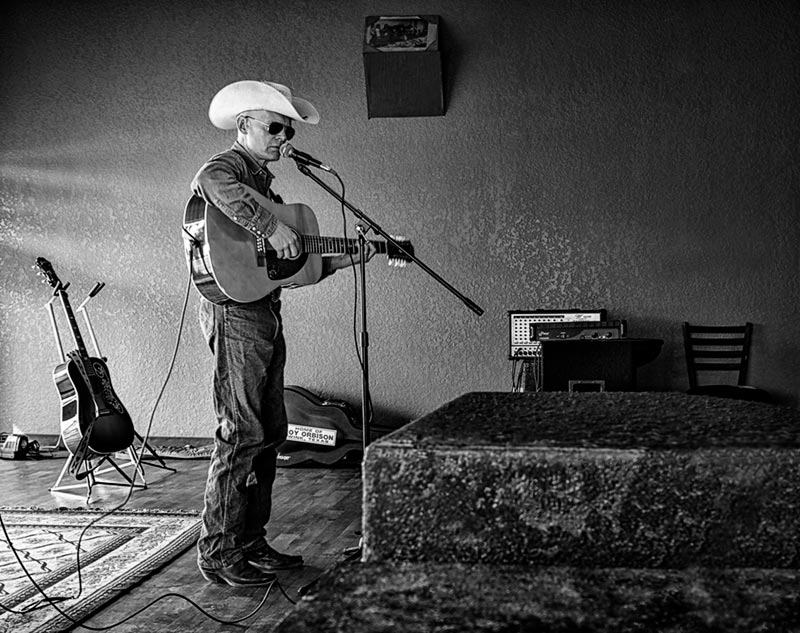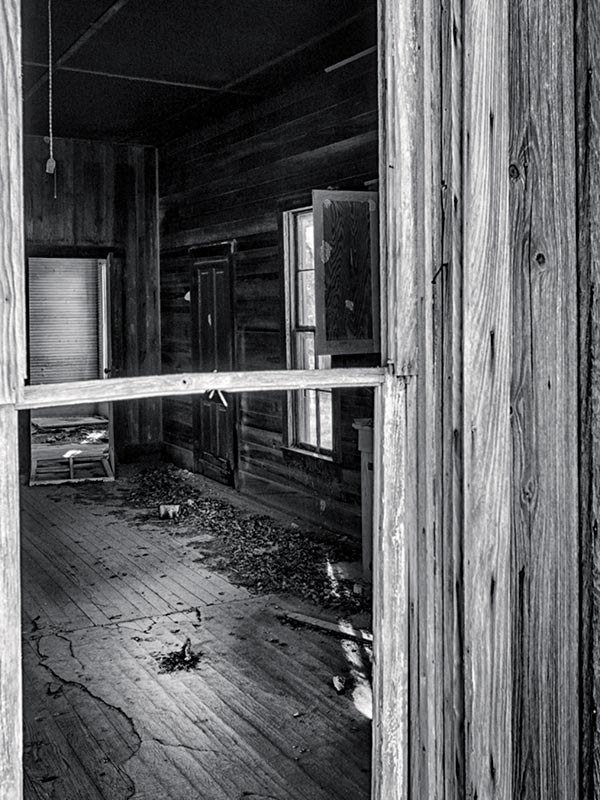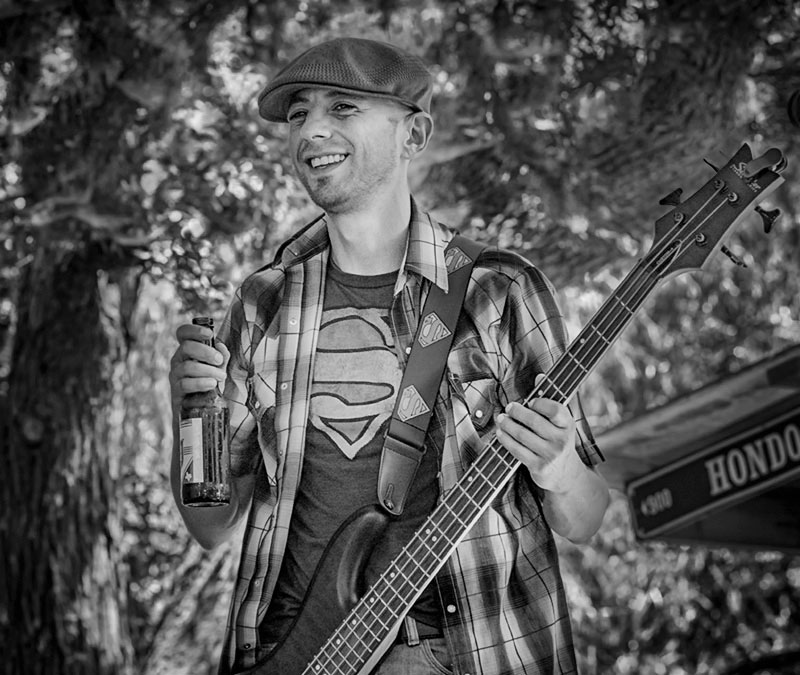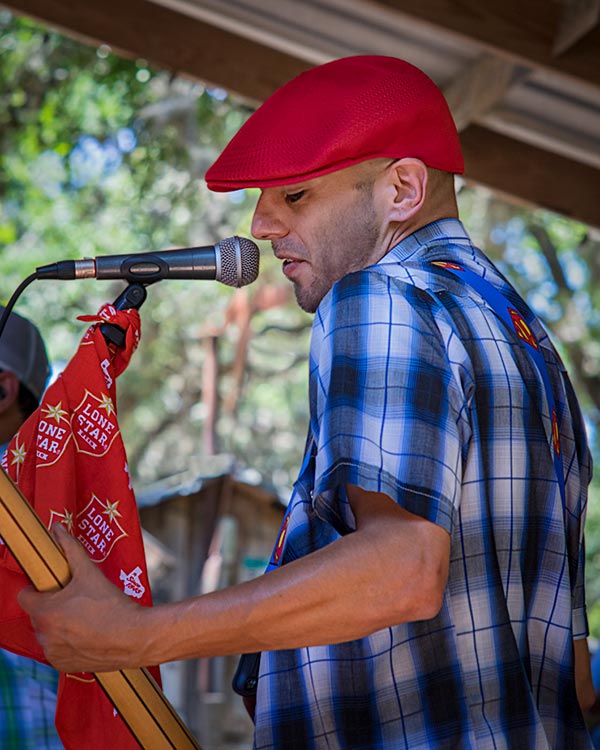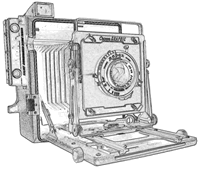
Typically I shoot and post images online after each outing. That leaves me with a few published images and lots of unpublished stuff. Most of my work remains unseen. Assuming I make a reasonable effort to self-edit, many decent shots never see the light of day. That is where the idea of a body of work comes in.
A body of work is often defined as the total output of an artist or artisan over time. That could be a lifetime or a project. It may seem strange for a non-professional to consider a collection of photographs as a body of work. I do see my images in that way.
One hot concept these days is to ‘curate’ your social or public presence. That could mean anything from creating lists of things for others to follow to just about anything that carries a personal stamp of approval. Assembling images into a body of work is considered by some to be self-curation. That seems a little pretentious to me so I just pick and sequence images until I’m satisfied with the results. It amounts to the same thing.
Once the images are selected and sequenced it is a matter of processing the lot for output. Here too decisions must be made which will probably eliminate some photos. Not every image will work for every output medium. If all goes well the end result is a coherent body of work. I can’t think of a more satisfying way to conclude any project.

